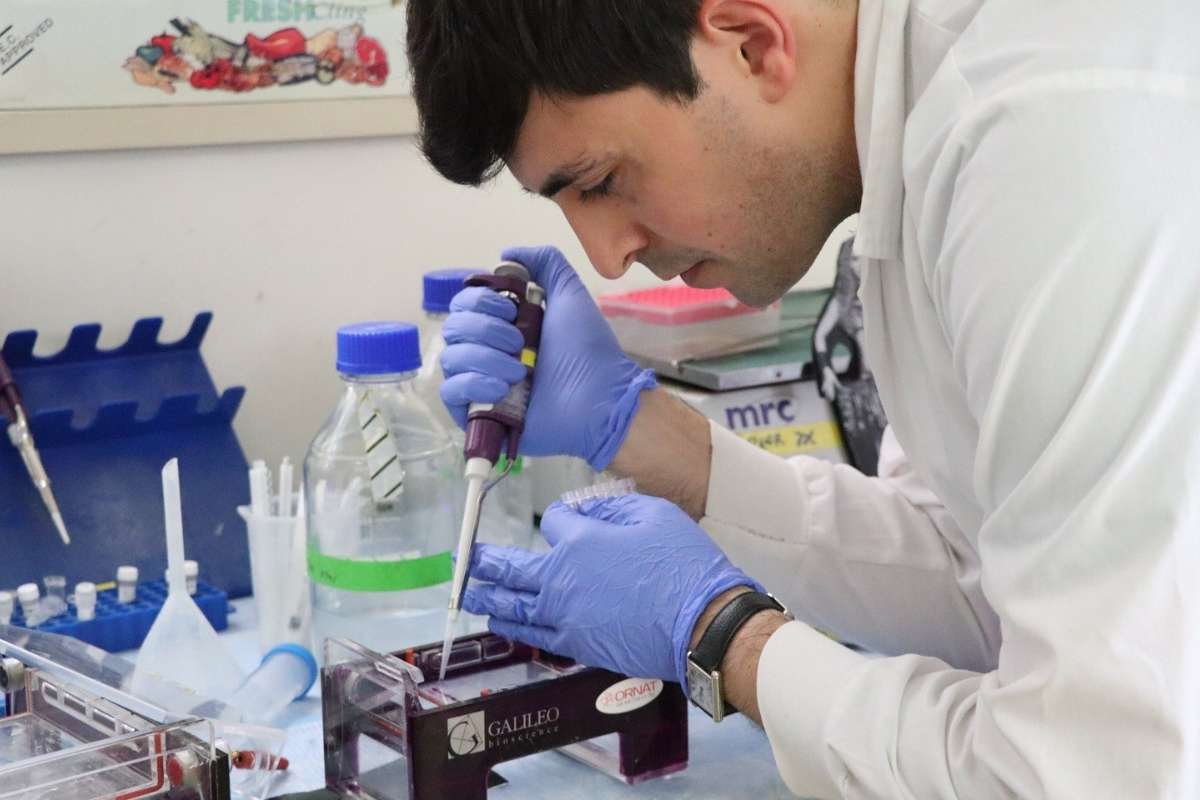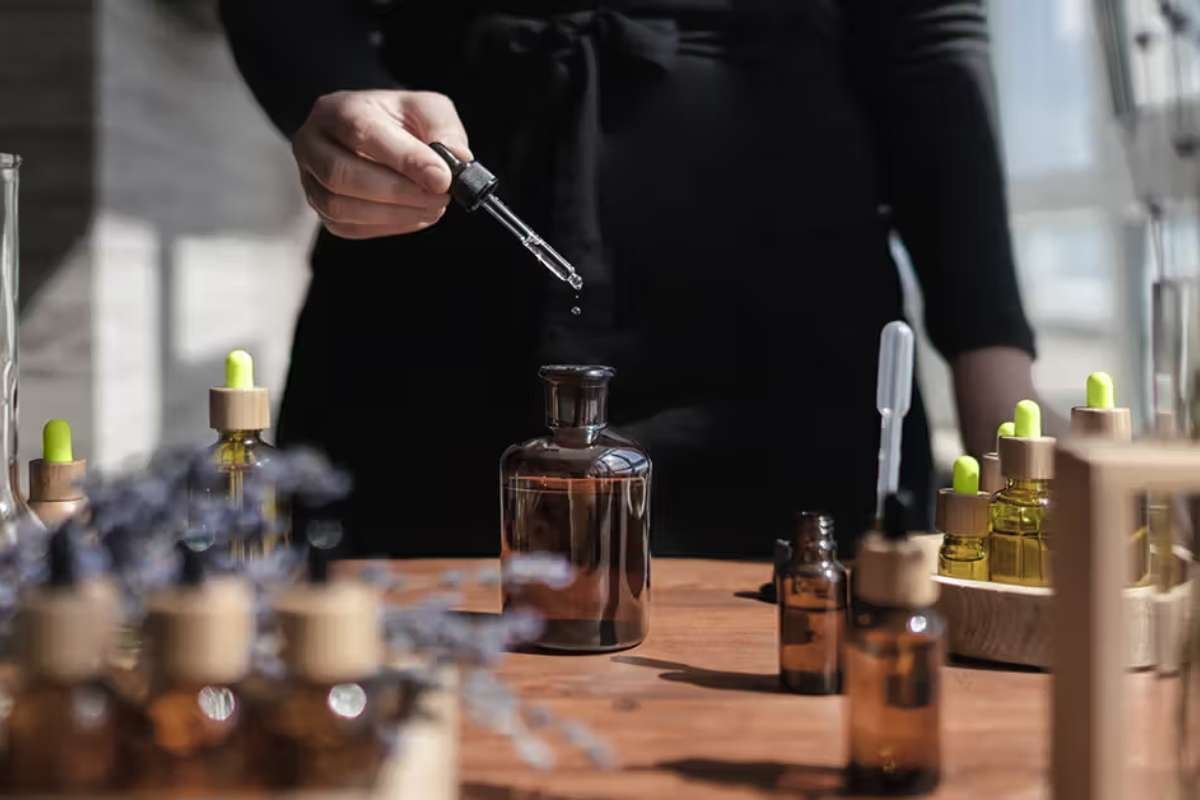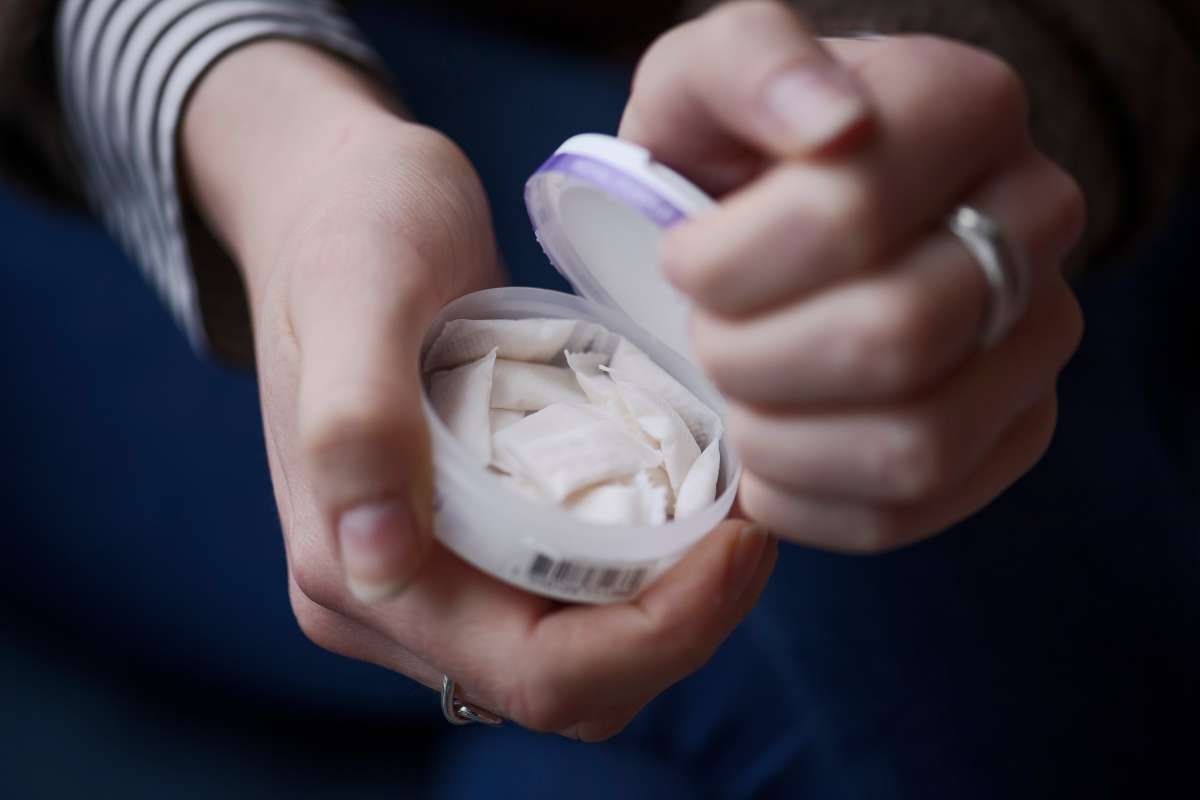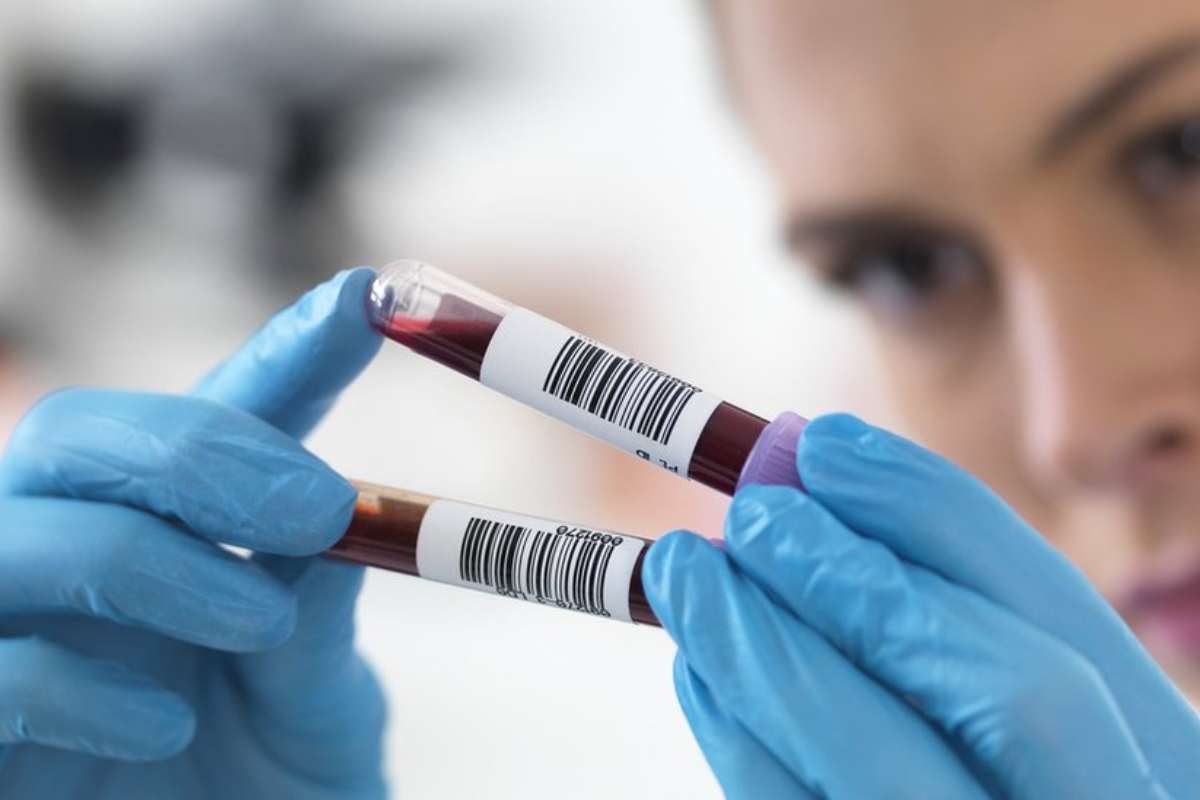Medical test reports often require us to give blood samples to diagnose the exact problem. It provides information about whether the organ functioning is smooth in your body or not. Any infections in the body and any immune system issues can easily be diagnosed via blood samples. Eating a healthy meal, and keeping something sweet with you post giving the blood sample, are all ways to take necessary precautions. Possibilities like feeling dizzy or loss of energy are highly possible after giving a blood sample.
If need be refer to a doctor and consult him before giving a blood sample. Be well hydrated, eat well, and keep something sweet like chocolate which will help increase the sugar levels immediately if you feel dizzy.
Here Are 7 Ways To Prepare While Giving A Blood Sample:
1. Understanding the Need
First things first, let’s remind ourselves why giving a blood sample is necessary. Doctors use blood tests to gain insight into our health, identify potential issues, and fine-tune treatment plans. So, while it might feel daunting, remember that this small act can contribute to a clearer picture of your well-being.
2. Preparation: The Key to a Successful Experience
Preparing for a blood test is like setting the stage for a play—you want everything to run seamlessly. Here are some practical steps to ensure you’re ready:

- Stay Hydrated:
Before giving a blood sample, drinking plenty of water in the days leading up to your blood test helps plump up your veins, making it easier for the healthcare professional to draw blood.
- Avoid Heavy Meals:
Eating a heavy meal right before your appointment might affect your blood test results. Opt for a light dinner instead.
- Wear Comfortable Clothes:
Choose clothing with sleeves that can be easily rolled up. This makes access to your arm simpler and more convenient. It enhances the process of giving blood samples.
- Communicate Medications:
If you’re on any medications or supplements, inform your healthcare provider. Some medications can affect blood test results, and they’ll be able to advise you accordingly. Communicate the same before giving a blood sample.
- Deep Breaths and Relaxation:
Nervousness is natural, but deep breathing and relaxation techniques can help calm your nerves. Remember, you’ve got this! The practice of taking deep breaths while giving a blood sample.
3. The Process: From Start to Finish
When you arrive at the clinic or laboratory, you’ll be greeted by a healthcare professional who specializes in drawing blood. The process typically goes like this:

- Registration:
You’ll be asked to provide some basic information, so make sure to bring any necessary identification and medical documents.
- Preparation:
Once registered, you’ll be directed to a comfortable area where the procedure will take place. The healthcare professional will explain the process and answer any questions you have.
- Choosing a Vein:
The healthcare professional will examine your arms to find a suitable vein. They might use a tourniquet to make the vein more visible and accessible. It helps to find the vein when you’re giving a blood sample.
- Cleansing the Area:
The chosen area will be cleaned with an antiseptic to prevent infections.
- The Needle:
Here comes the needle. While you might feel a brief pinch as the needle goes in, the pain intensity is usually quite manageable, akin to a quick mosquito bite.
- Drawing Blood:
Blood will start to flow through the needle into a collection tube. This part of the process only takes a few minutes. You can close your eyes or look elsewhere while giving a blood sample. Some people tend to faint if they see blood flowing into the tube.
- Bandage and Rest:
Once the required amount of blood is collected, the needle will be removed, and a bandage will be applied to the site. You’ll be advised to rest for a short while to ensure you’re feeling okay.
- Post-Procedure Care:
The healthcare professional might provide you with specific post-procedure instructions. Follow them carefully to prevent any complications.
4. The Length of the Process

The entire blood sampling process, from registration to post-procedure care, usually takes around 15 to 30 minutes. While the needle insertion might cause slight discomfort, the overall process is relatively quick and efficient. The time invested in this process is a small contribution towards understanding your health better. So, we can say that giving a blood sample isn’t a time-consuming task. It’s quick and easy to do.
5. Handling Potential Discomfort
While discomfort during a blood test is usually minimal, it’s important to be aware of your body’s reactions. If you experience dizziness, lightheadedness, or nausea during the procedure, don’t hesitate to communicate with the healthcare professional. They are well-equipped to address any discomfort and ensure your safety.
6. What If Something Goes Wrong?
Despite all preparations, there might be rare instances when something doesn’t go as planned. If you experience excessive bleeding, severe pain, or feel faint during the process, inform the healthcare professional immediately. They are trained to manage such situations and will take appropriate action to ensure your well-being.
7. Embracing the Importance
As the process concludes and you bid farewell to the clinic, take a moment to appreciate the importance of what you’ve just done. Your blood sample holds valuable information that could guide your healthcare journey. By participating in this process, you’ve taken a proactive step towards understanding your body better and maintaining your health.
Conclusion
As a fellow patient who’s been through this experience, I can assure you that giving a blood sample is a manageable and essential step in your healthcare journey. The preparation is straightforward, the process is relatively quick, and the discomfort is minimal. Remember, you’re not alone—healthcare professionals are there to guide you every step of the way.
So, take a deep breath, hydrate, and wear your most comfortable clothes. You’re ready to embark on this journey armed with knowledge and a sense of empowerment. By giving a blood sample, you’re not just contributing to your well-being, but also playing a crucial role in the puzzle of medical diagnostics.
Also Read: Blood Pressure: A Personalized Treatment to be More Effective, a Study Finds









